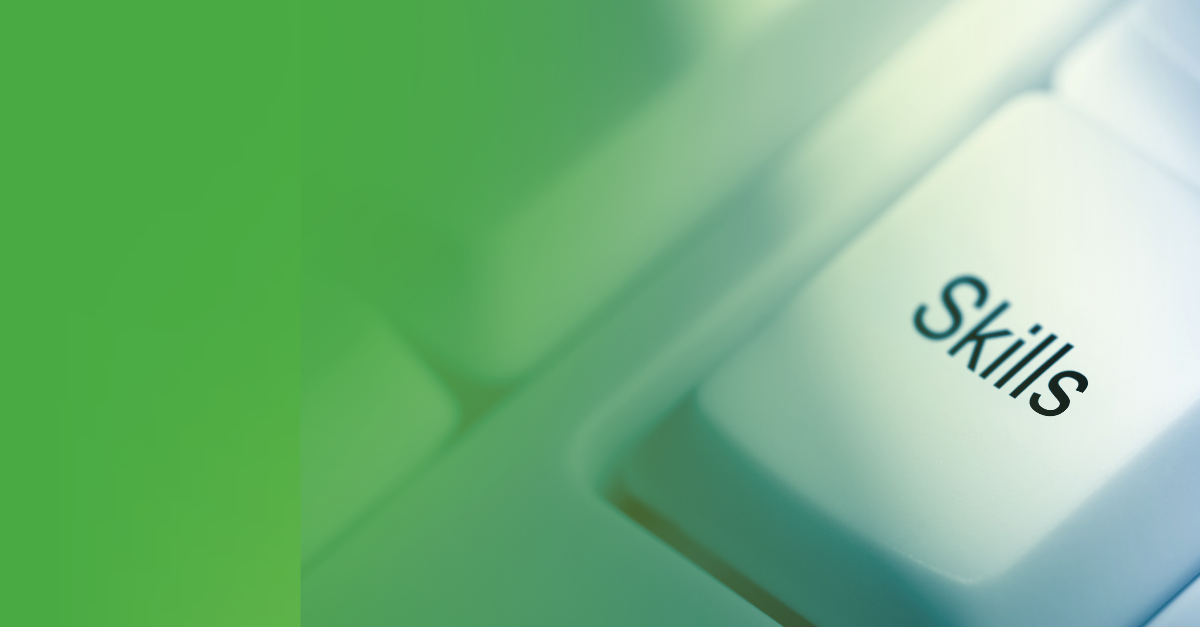
Our blog provides the best practices, tips, and inspiration for corporate training, instructional design, eLearning and mLearning.
To visit the Spanish blog, click hereWhen it comes to eLearning, quality definitely matters. eLearning professionals are not only tasked with creating useful, relevant and meaningul content, but they are also responsible for addressing learner motivation and making sure the learning experience has a lasting impact.
It’s no secret that students learn best when they can set their own goals. But did you know that you can help students find effective learning strategies? That you can actually help them get the most out of their lessons?
It’s easy to create eLearning content. But to create an eLearning course that resonates with your learners? That’s not easy. It’s a difficult job for course developers to master but it’s worth it. Why? Because it’s the only kind of eLearning content that keeps people reading, from start to finish. It’s the only kind that elevates your learning program from ordinary to monumental.
Successful marketing professionals work diligently to create the ideal customer persona knowing that a deep understanding of a client's needs will help them tailor their message to achieve their desired result. Effective classroom teachers also spend a great deal of time getting to know their students for the same reason, to tailor instruction to achieve proficiency.
Several studies revealed, time and again, that a student-centered approach to learning is far more superior than any other methods of instruction. This booklet published by the Cambridge University Press, for instance, found that such approach helps students cultivate a “can do” attitude. It allows for autonomous, active learning. Autonomy, positive psychologist notes, is key to motivation. It’s what makes people wake up in the morning and do the work they love.
The brain is our primary tool for learning. It's seat of thought, memory, consciousness and emotion. So it only makes sense to explore it before attempting to design instructional materials. By understanding how the learner’s brain functions, course developers are better able to create courses that work with the brain and not contradict it. Remember, you cannot argue with your brain. It follows its own rules. You can force it to do things, say reading a tedious book on a technical subject, but that’s going to be a big challenge. For optimal learning, what your learners need most is brain-friendly content..
One of the most important things that you will need to do when you are designing an eLearning course is to make sure that it is user friendly. It is incredible how many eLearning developers fail to do this. Most times, they worry too much on the content development and lose focus on user friendliness.
Visual content is attractive, stimulating, and much more interesting than just text. In eLearning, its an easy way to enhance content. When information is visualized, it can convey ideas simply; besides students these days are increasingly visual learners.





We combine best-in class technology, strategy and future-proof business solutions to bring your content to life, faster!